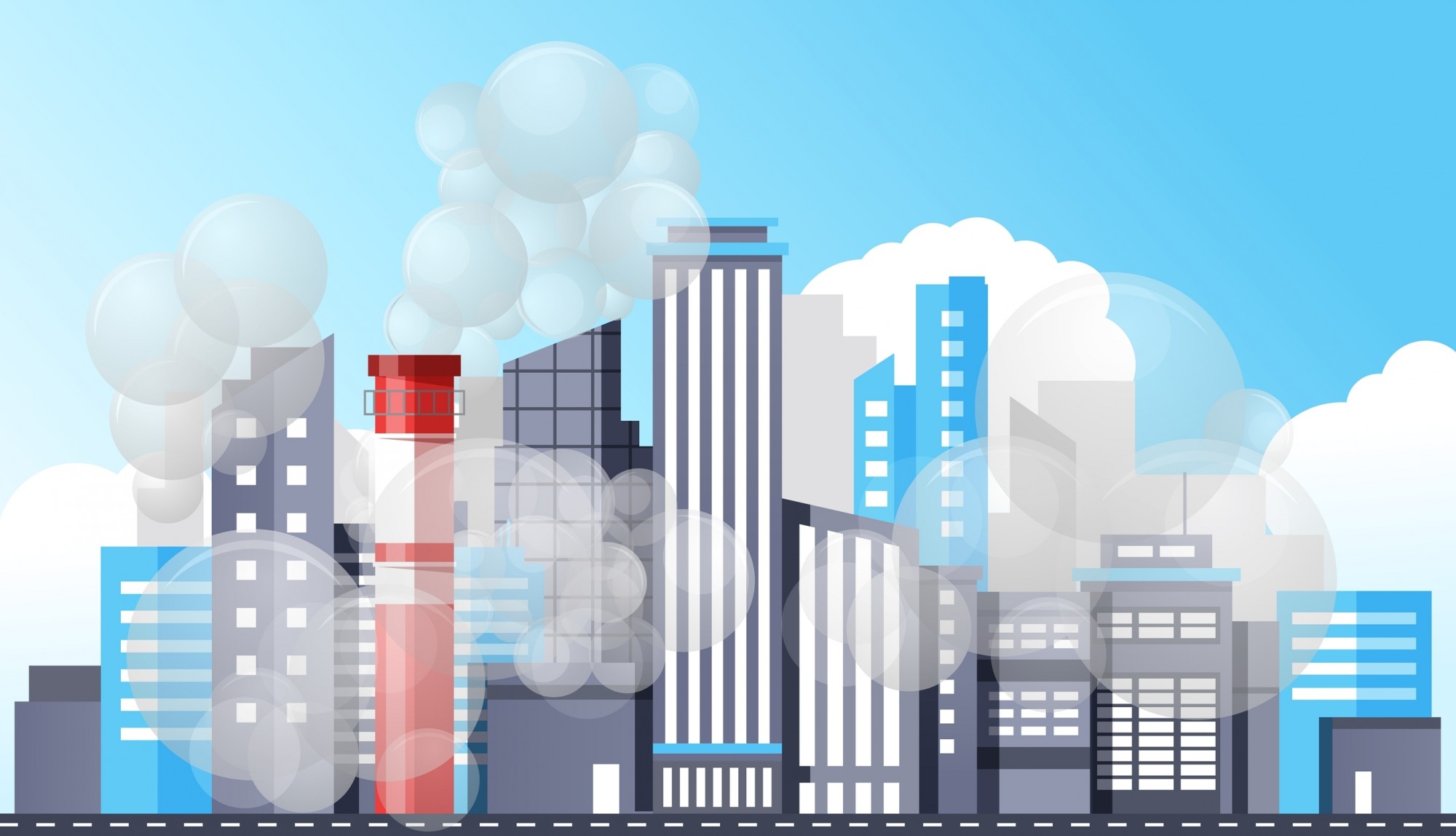Energy Efficiency, GHG Emissions, Industrial - August 30, 2024
SBTi Sets Framework for Buildings Sector’s Goals
The Science Based Targets initiative (SBTi) launched sector-specific criteria and calls for building companies and financial institutions to align with net-zero goals.
Companies and financial institutions must commit to no new fossil fuel installations and half their emissions by 2030, according to the framework. The framework now covers global 1.5°C pathways for upfront embodied emissions, including materials production and construction of new buildings, according to a statement.
The buildings sector is responsible for over a quarter of energy-related emissions and is impacted by the climate crisis deeply. Construction delays due to adverse weather are already costing billions of dollars globally.
The SBTi’s new Buildings Sector Science-Based Target-Setting Criteria takes a "whole building approach" covering all energy consumption and fugitive emissions (e.g. leakage) to enable businesses to play their part in preventing the catastrophic impacts of climate change.
The four key actions for companies and financial institutions in the buildings value chain when following the criteria are:
- Stop fossil fuel installations: Public commitment to halting the installation of fossil fuel-based heating, cooking, power generation and hot water equipment from 2030 at the latest.
- Reduce in-use operational emissions: In-use emissions are those associated with a building’s energy use. The SBTi collaborated with the Carbon Risk Real Estate Monitor initiative (CRREM) to develop regional pathways for in-use emissions so that targets reflect variations in local power grids and how buildings are used.
- Reduce upfront embodied emissions: Global floor area is expected to grow ~15% by 2030, nearly 80% of which will be in developing economies. The criteria requires companies to set a target to reduce embodied emissions, i.e. those from raw materials, manufacturing, transportation and construction.
- Retrofit inefficient buildings: 80% of current buildings are expected to remain standing until 2050. Retrofitting needs to more than double by 2030 to align with the IEA’s Net Zero by 2050 Scenario. The SBTi recommends companies commit to implement energy efficiency improvements to decarbonize old buildings.
“This sector now has the tools to build towards net-zero - companies and financial institutions must take immediate action,” said Alberto Carrillo Pineda, Chief Technical Officer of the SBTi. “Decarbonizing both old and new buildings is paramount to tackling climate change. We call on these businesses to lead the net-zero transformation.”
The framework was developed in consultation with an independent Expert Advisory Group (EAG) made up of companies, financial institutions, non-profit and multilateral organizations. The process included a two-month public consultation and four-month pilot test in accordance with the requirements of the Standard Operating Procedure for Development of SBTi Standards.
Read These Related Articles:
Share this valuable information with your colleagues using the buttons below:
« Back to NewsStay Up-To-Date












